Electric cars existed in the 19th century - SHOCKING HISTORY

Electric cars are considered one of the most striking examples of modern technology today. However, their history is much older. Contrary to what many believe, electric-powered cars were invented in the 19th century and were more popular than gasoline cars for a certain period.
Modern.az has investigated the development path of electric vehicles, the reasons for their decline during a certain period, and their rapid resurgence in the 21st century.
The Development Path of Electric Cars: From the 19th Century to the Present Day
Although electric cars are at the center of modern technology today, their history dates back more than 150 years. Contrary to what many people imagine, electric cars are not a new invention; on the contrary, they were created in the 19th century, widely used in the early 20th century, and then faded into the background for various reasons. Today, electric cars are once again experiencing their second major rise in automotive history, becoming one of the main development directions for both industry and society. This long journey of electric transport is closely linked to technological changes, energy policies, and economic factors.
The Emergence of the First Electric Cars (1830–1900)
The history of electric cars dates back to the 1830s. During this period, various engineers were experimenting with the application of electrical energy in vehicles. Although the initial models were limited in terms of speed and range, they generated great interest due to their ability to provide clean and silent movement in urban environments. Towards the end of the 19th century, small electric-powered cars had already begun to be practically used in Europe and America. These vehicles were considered very convenient for city driving due to being odorless and silent, as well as not having the mechanical difficulties of that era. Even in 1897, the New York police used electric cars for patrol services, which demonstrates how real and practical a choice they were for that period.

The Golden Age of Popularity (1900–1920)
The early 20th century was one of the periods when electric cars were most widely spread. Gasoline cars were not yet sufficiently developed at that time, and difficulties such as hand-cranking the engine to start it made electric cars more appealing. Electric cars operated quietly, looked elegant, were easy to use, and thus better suited the daily transportation needs of urban populations. These characteristics led to their acceptance as luxurious, comfortable, and modern means of transport. Especially for drivers living in cities and wishing to avoid technical difficulties, electric cars were an ideal choice. It was no coincidence that they held a significant market share during this period.
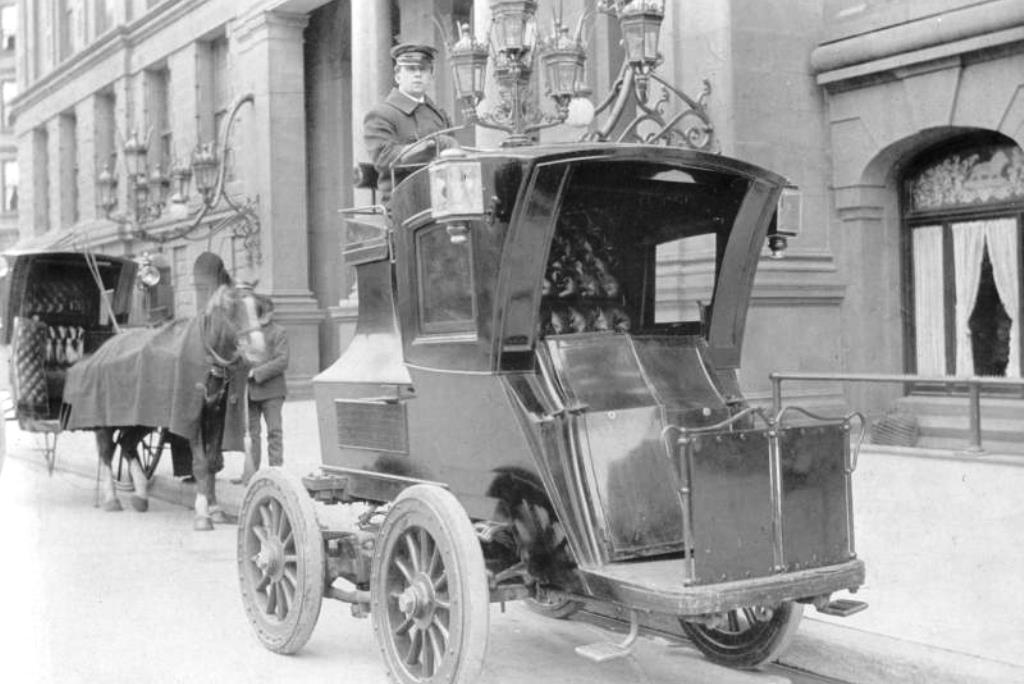
The Decline of Electric Cars (1920–1950)
From the second decade of the 20th century, the popularity of electric cars began to decline sharply. One of the main reasons for this was the rapid decrease in gasoline prices due to the discovery of large oil fields. The rapid technical development of gasoline engines also contributed to the decline of electric cars. More powerful gasoline cars, capable of covering longer distances, began to be considered more suitable for both urban and intercity travel. During the same period, Henry Ford's mass production line significantly decreased the price of gasoline cars. Electric cars, however, struggled to compete in terms of price due to both the weakness of battery technology and high production costs. Furthermore, in those years, the electric grid was only available in city centers, making electric cars impractical for long distances. The combination of these factors led to the virtual disappearance of electric vehicles from the market.
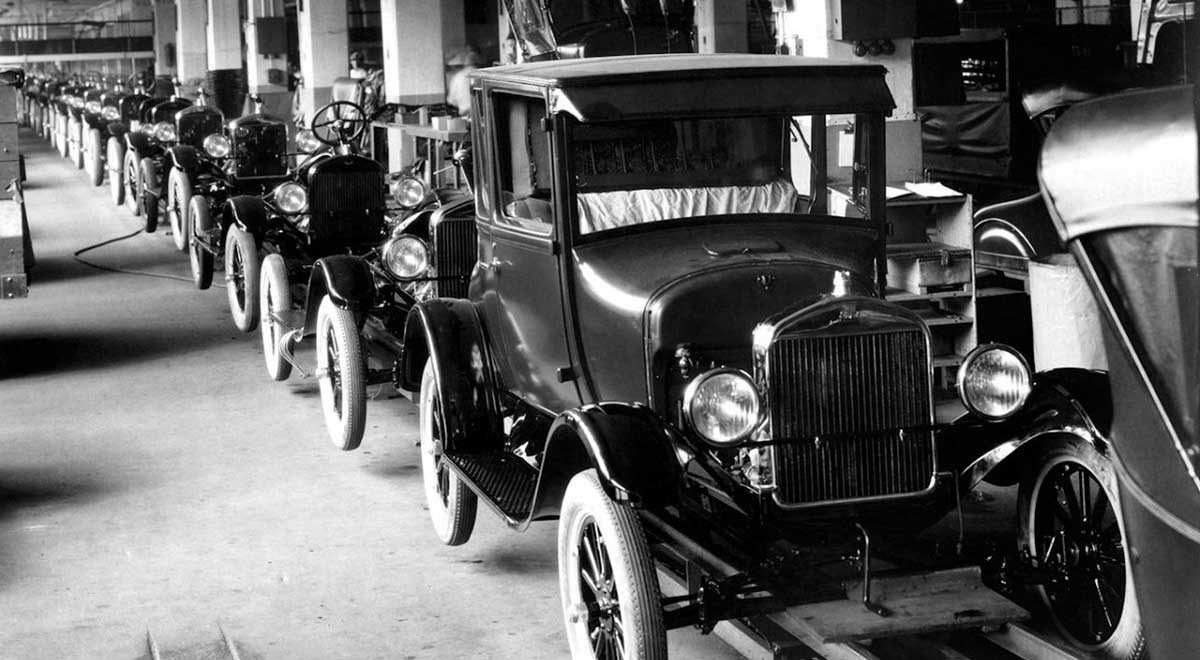
The Silent Period of Continued Research (1950–2000)
Although electric cars had diminished commercially, research and technological exploration continued. The oil crises of the 1970s forced countries worldwide to seek alternative energy sources, which rekindled interest in the field of electric transport. However, existing battery technology was insufficient for the widespread adoption of electric cars. Nevertheless, various companies and universities developed experimental projects, considering the future potential of electric-powered vehicles. One result of these studies was General Motors' EV1 model, introduced in 1996. Although this car is considered the first commercial electric vehicle in the modern sense, it could not reach a broad market due to high costs and limited production.
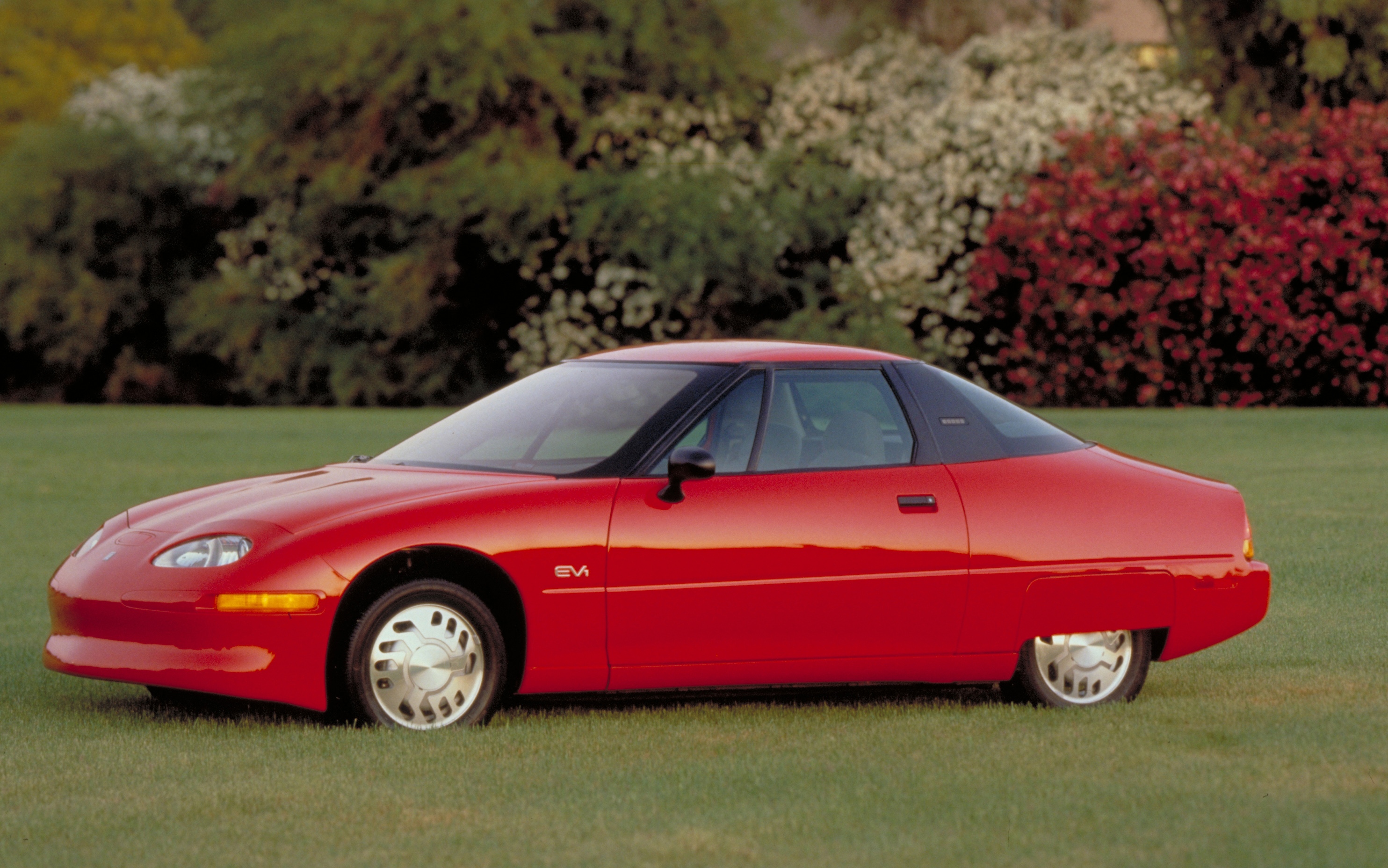
The Resurgence of Electric Cars (2000–2020)
In the early 21st century, the main factors that changed the fate of electric cars were technological advancements and a shift in global energy policy. The improvement of lithium-ion batteries largely overcame the biggest problem of electric cars: battery capacity and driving range limitations. These batteries were lighter, more durable, and could store more energy.
It was precisely during this period that Tesla's entry into the market created an entirely new phase in the electric car industry. The Roadster model, introduced in 2008, proved that electric cars could be capable of both high speed and long range. Tesla's subsequent models brought electric cars closer to the mass market and compelled other major automobile manufacturers to move in this direction. In parallel, many countries began to implement tax incentives and subsidies to stimulate the purchase of electric cars with the aim of reducing carbon emissions. The expansion of charging infrastructure also increased public interest in electric cars and minimized drivers' range anxiety.
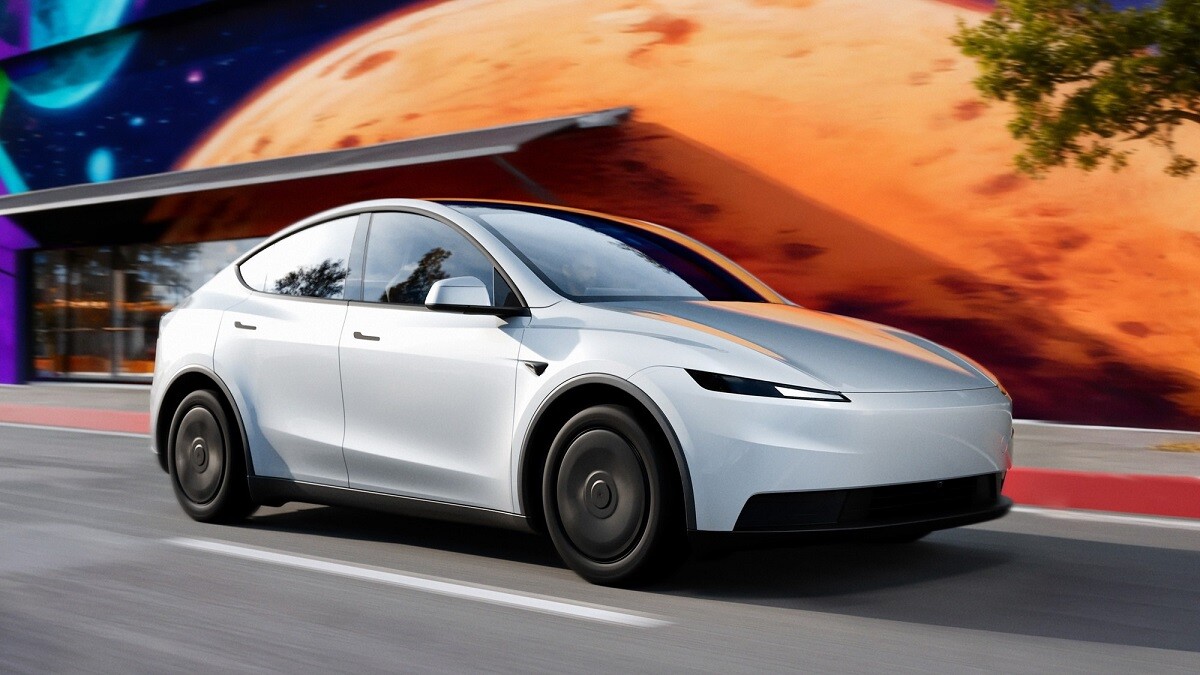
Electric Cars Today: The New Standard of Transport
In the modern era, electric cars are no longer just a technological innovation but are also accepted as the primary direction of the global transport system. The world's largest automotive companies are building their future strategies around electric and hybrid models. The main reason for this is the economic, ecological, and technical advantages of electric cars. They operate silently, creating a comfortable driving experience, require less maintenance, and reduce carbon emissions to zero. Their simpler mechanical structure reduces the risk of malfunctions and lowers long-term operating costs. At the same time, the instant power provided by the electric motor makes the acceleration of electric cars superior compared to gasoline cars.
Today, electric cars are accepted not only as a means of transport but also as a key element shaping the future of cities, energy systems, and technological infrastructure. Areas such as autonomous driving systems, smart charging networks, and integration with renewable energy are expanding in parallel with the development of electric cars, signaling that transport will transition to an entirely new form in the future.
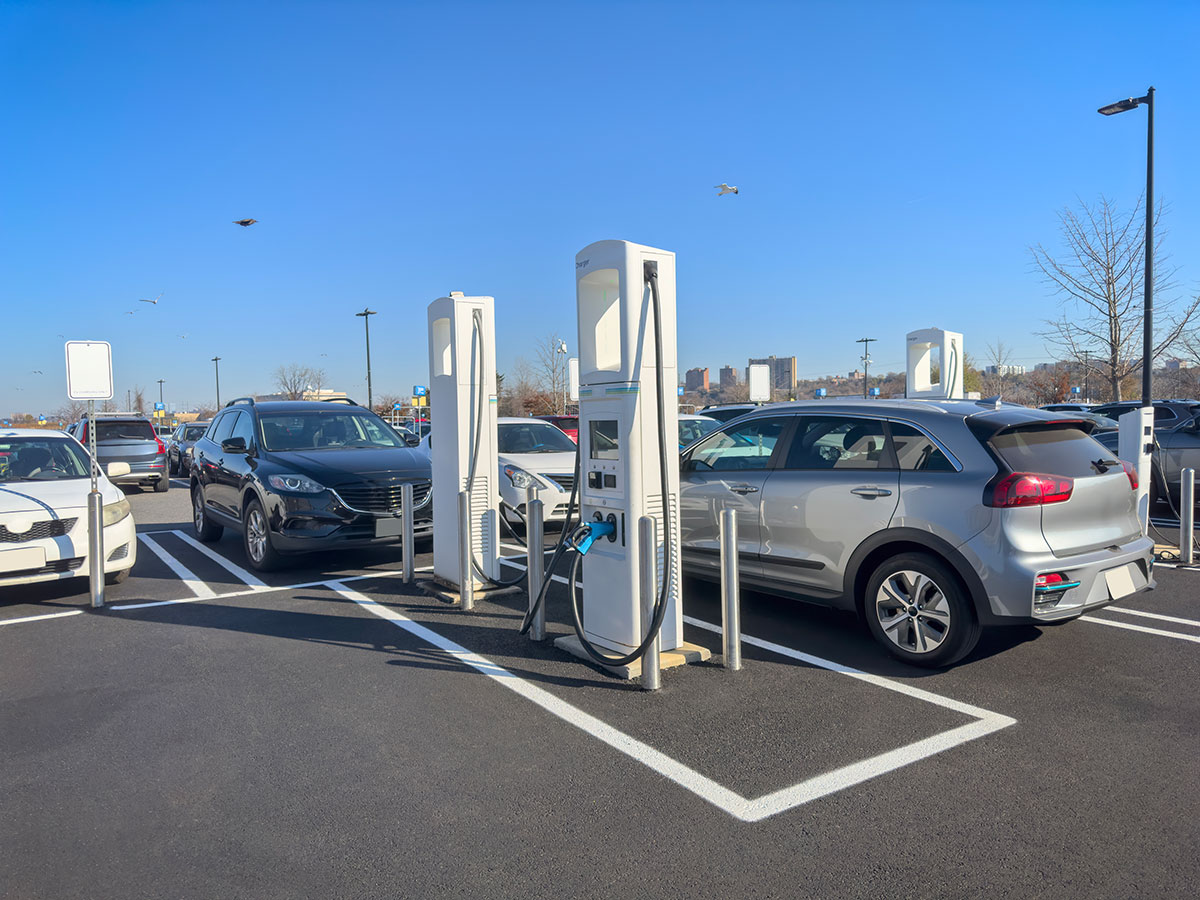
-
08:45, Bu günWhat Does Trump Offer Putin and Zelenskyy? - of the 28-point plan FULL TEXT
-
00:40, Bu günThis country requested assistance from the USA
-
00:14, Bu günFrom Hamas's underground bunker New IMAGES
-
20 November 2025, 22:20A fire broke out at COP30
-
20 November 2025, 20:233+3 this time in Baku and Yerevan - From Moscow REACTION
-
20 November 2025, 18:14“Azerbaijan and Armenia can strengthen each other”
-
20 November 2025, 18:08From Erdoğan regarding the population WARNING
-
20 November 2025, 17:47A new alliance in Central Asia WILL BE CREATED
-
20 November 2025, 17:22Armenians tomorrow to Baku ARE COMING
-
20 November 2025, 15:55A favorable peace plan is being prepared for Ukraine - Rubio confirmed
-
20 November 2025, 15:37Two individuals are coordinating the opening of the Zangezur corridor in Armenia
-
20 November 2025, 15:04Pashinyan goes to Kazakhstan today
-
20 November 2025, 15:01In Armenia, these women are called to military service
-
20 November 2025, 14:56Israel's Foreign Minister to visit Azerbaijan
-
20 November 2025, 13:33Threat to our embassy in Ukraine continues
-
20 November 2025, 12:39Executive heads of Baku districts: Why do officials hide their biographies?
-
20 November 2025, 11:36Decision made - COP31 will be held in this country
-
20 November 2025, 10:44Relations with Turkey and Azerbaijan are very important for Armenia - Mirzoyan
-
20 November 2025, 10:24A monument should be erected in connection with the Qarakənd tragedy! - PROPOSAL
-
20 November 2025, 09:48Moscow is ready for talks with Ukraine - Peskov
-
20 November 2025, 09:36Turkish plane in just 5 seconds shattered into pieces
-
20 November 2025, 09:00Trump's special representative resigns
-
19 November 2025, 23:38What did Putin say to Trump about Azerbaijan? - VIDEO
-
19 November 2025, 22:52USA demands Ukraine's surrender – SHOCK PLAN
-
19 November 2025, 21:59What is happening in the Kremlin?
-
19 November 2025, 21:41The two greatest figures in history at the White House
-
19 November 2025, 20:36Nothing happened to Putin
-
19 November 2025, 20:29We trust Turkish diplomacy - ZELENSKY
-
19 November 2025, 20:13Has the US sent proposals to Russia?
-
19 November 2025, 19:27Three days of mourning declared in Ukraine
























































